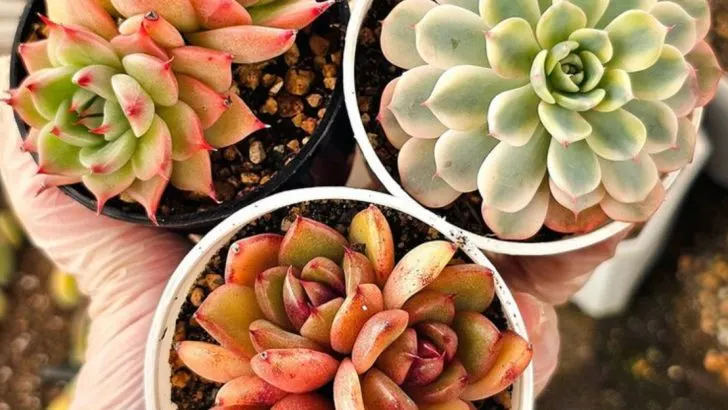Not every plant needs pampering to perform. Some species are naturally adapted to poor or lean soils, drawing nutrients efficiently and thriving with zero added fertilizer—perfect for low-maintenance or beginner gardeners.
These tough, self-sufficient plants include native wildflowers, Mediterranean herbs, and resilient vegetables that flourish with minimal care. They’re ideal for anyone looking to grow a thriving garden with less effort, expense, and environmental impact.
In this article, you’ll discover 14 beautiful, productive plants that actually do better when left alone, helping you cultivate a garden that’s both effortless and abundant.
Lavender
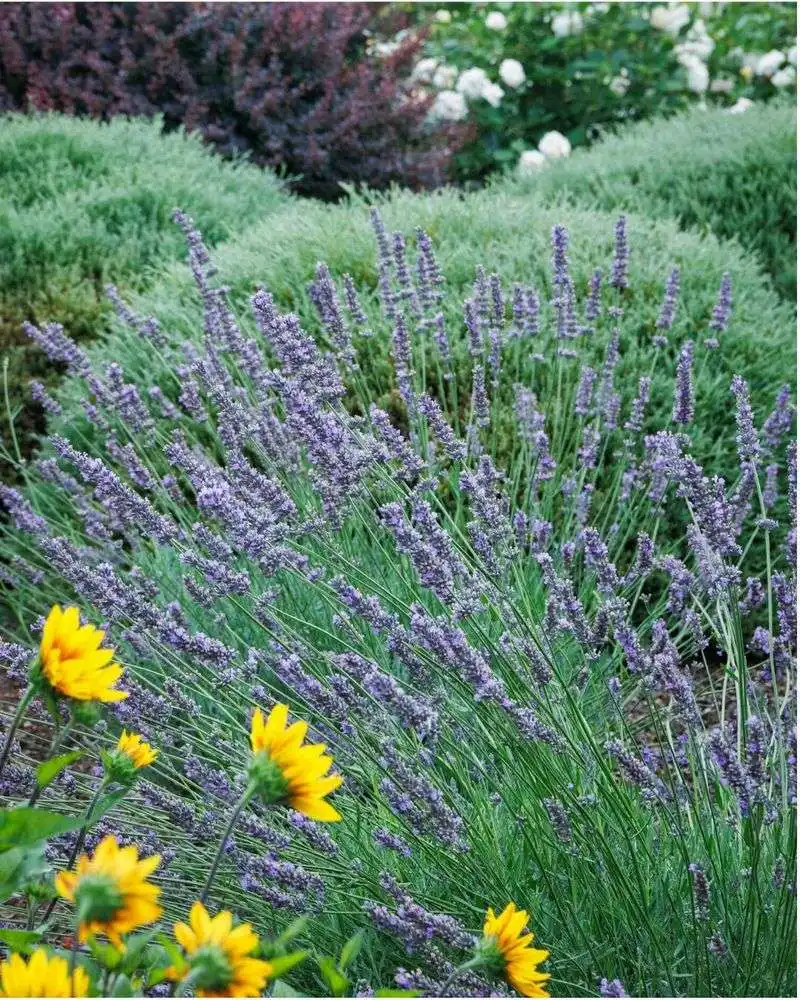
Imagine fields filled with the calming scent of lavender. Known for its resilience, this Mediterranean native thrives in sandy, well-drained soil and full sun. It’s the perfect choice for gardeners wanting to avoid fertilizers.
Lavender’s robust nature allows it to flourish on its own, producing vibrant purple blooms that attract bees and butterflies. Its essential oils are celebrated for soothing and healing properties.
Did you know? Historically, lavender has been used in everything from aromatherapy to culinary dishes. Its timeless appeal is matched only by its ease of care.
Aloe Vera

Aloe vera is not just a healing plant; it’s a survivor. Known for its thick, fleshy leaves filled with soothing gel, this plant thrives in arid conditions.
It’s a perfect fit for those who might forget a watering session or two. Aloe vera needs well-drained soil and plenty of sunlight to reach its potential, without a hint of fertilizer.
Its medicinal properties are well-documented, making it a household staple. From sunburn relief to skincare, aloe vera is a testament to nature’s adaptability and generosity.
Succulents
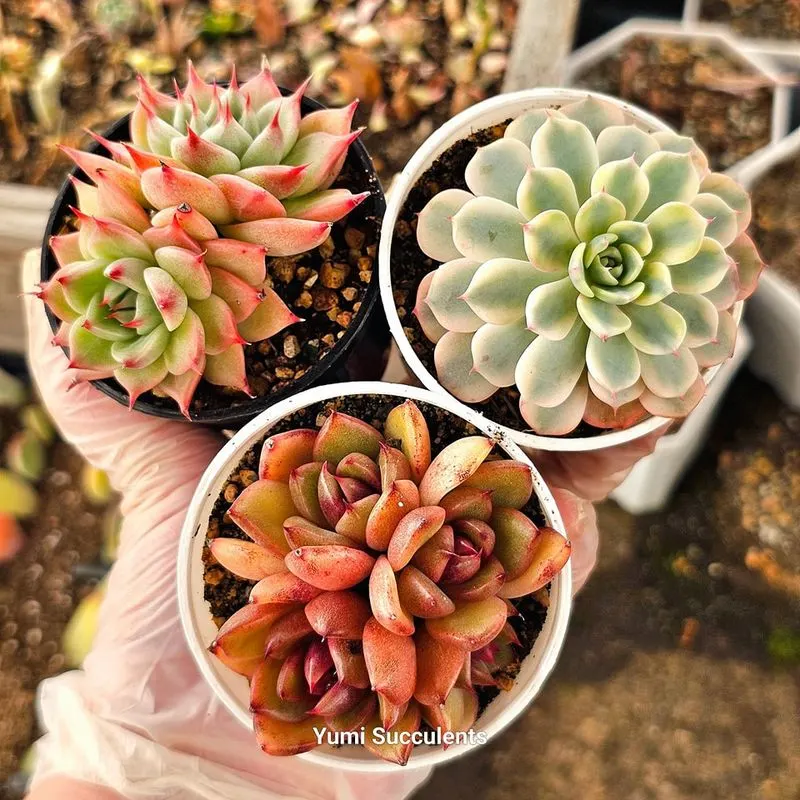
Succulents are like the camels of the plant world. These water-hoarding wonders come in an incredible array of shapes, sizes, and colors.
Their ability to store water in thick leaves makes them perfect for regions with scarce rainfall. Succulents require minimal care and absolutely thrive without any fertilization, making them a favorite for novice gardeners.
With a reputation for being virtually indestructible, succulents are perfect for adding a touch of green to any space. Their rich diversity ensures there’s a succulent for every taste and style.
Cacti
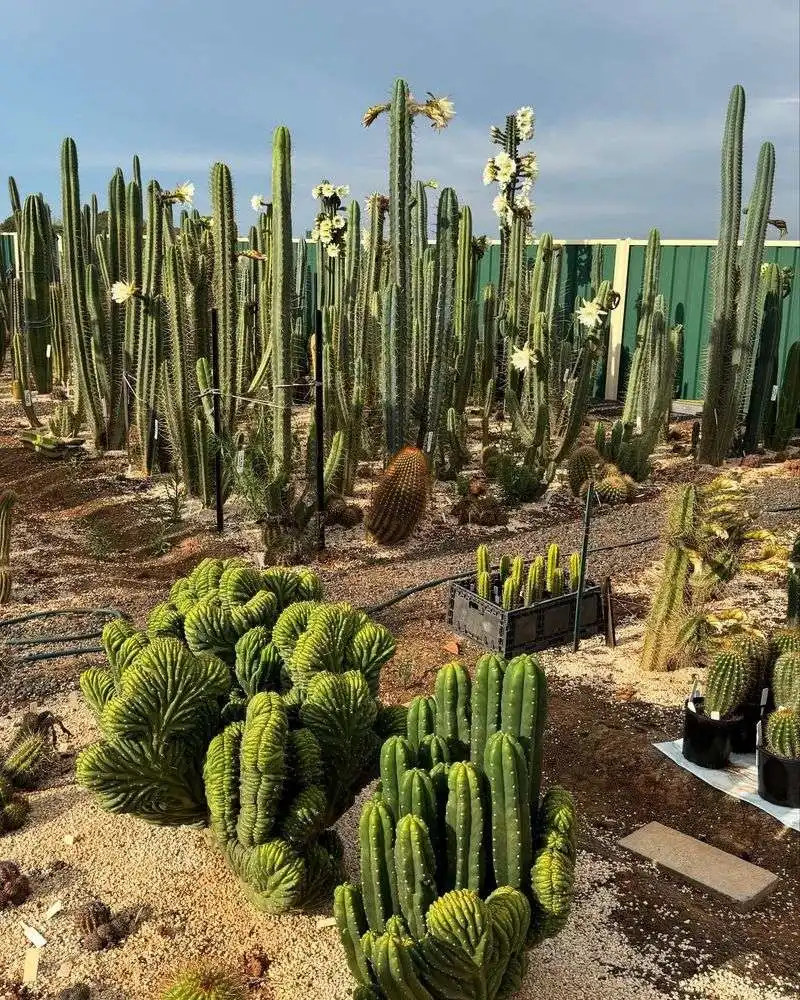
Craving the desert vibe? Cacti offer just that, with their striking forms and spiky textures. These hardy plants are adapted to endure harsh climates where few others survive.
Cacti are iconic for their ability to thrive on minimal water and without fertilizers. Their spines, often mistaken for thorns, are actually modified leaves designed to reduce water loss.
Long associated with resilience, these plants are perfect for adding drama and character to xeriscapes or indoor arrangements. Their low maintenance demands make them a gardener’s dream.
Thyme
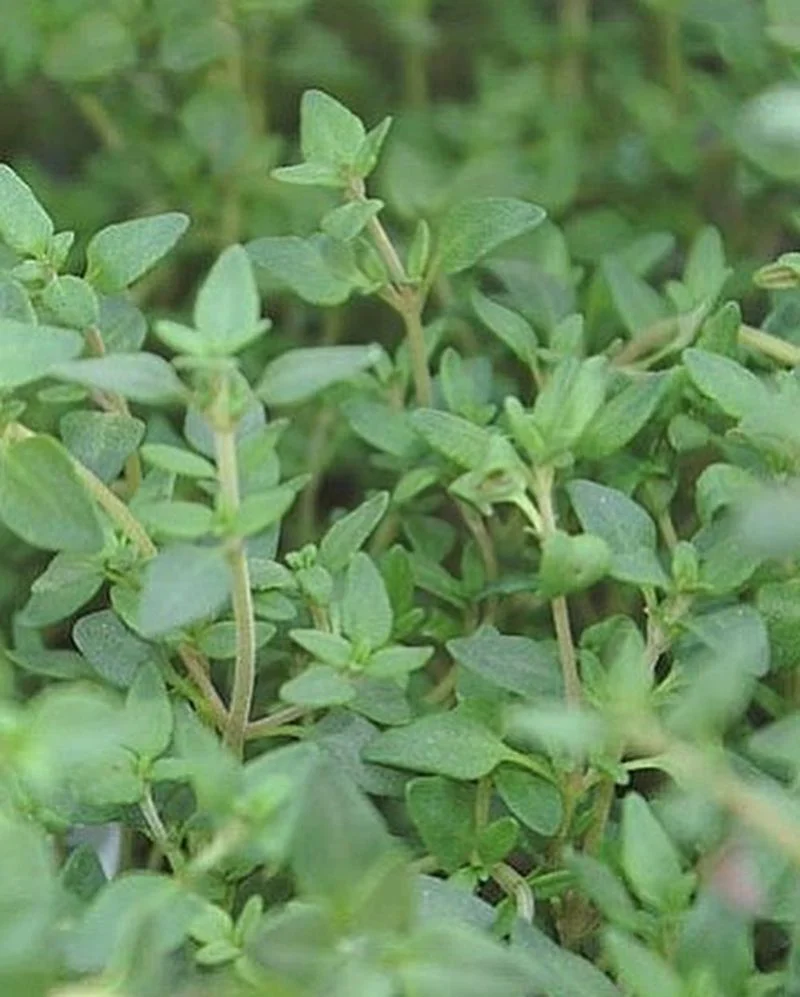
Thyme doesn’t just flavor your meals; it’s also a garden champion. This aromatic herb holds its own in poor soil conditions and doesn’t require fertilizer to produce its fragrant leaves.
Its versatility is unmatched, thriving in both containers and garden beds. Thyme’s tiny flowers attract beneficial insects, adding ecological value to its culinary uses.
Historically, thyme has been used for everything from medicinal purposes to warding off evil spirits. Its evergreen nature and robust growth make it an essential plant for any herb lover.
Sage
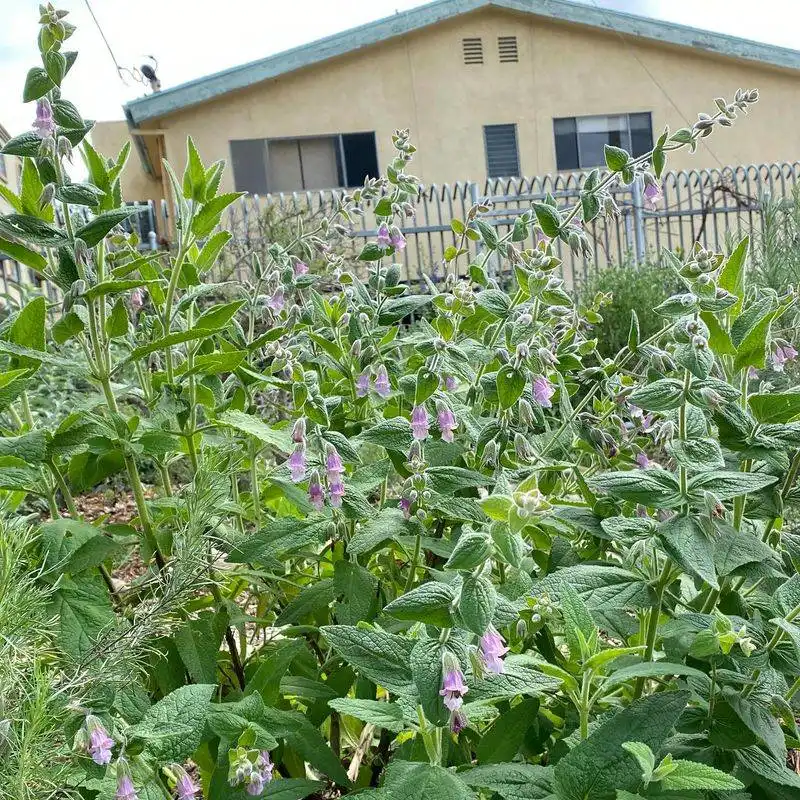
Sage stands as a testament to nature’s wisdom. With its silvery leaves and earthy scent, it’s a staple in gardens around the world.
Resilient to neglect, sage requires little more than sunlight and well-drained soil. It effortlessly thrives without fertilizers, producing leaves packed with flavor.
Used since ancient times for culinary and medicinal purposes, sage is more than just a pretty plant. It’s a symbol of longevity and health, beloved by cooks and herbalists alike.
Rosemary
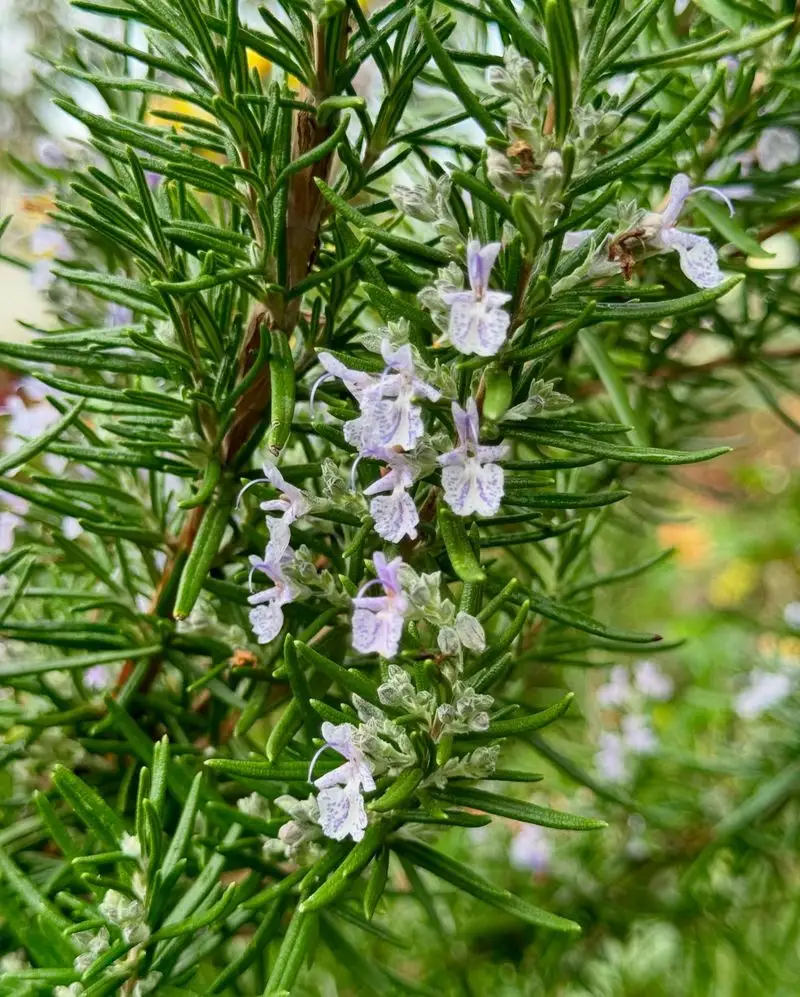
Rosemary, with its needle-like leaves, exudes an aroma reminiscent of the Mediterranean coast. This perennial herb thrives in dry conditions and requires no fertilizers to flourish.
Its drought-resistant nature makes it a favorite in water-wise gardens. Rosemary’s robust growth and fragrant leaves are perfect for culinary use, enhancing dishes with its distinct flavor.
Historically, rosemary has been associated with memory and fidelity. Whether in the garden or on the plate, it adds a touch of history and flavor to everyday life.
Mint
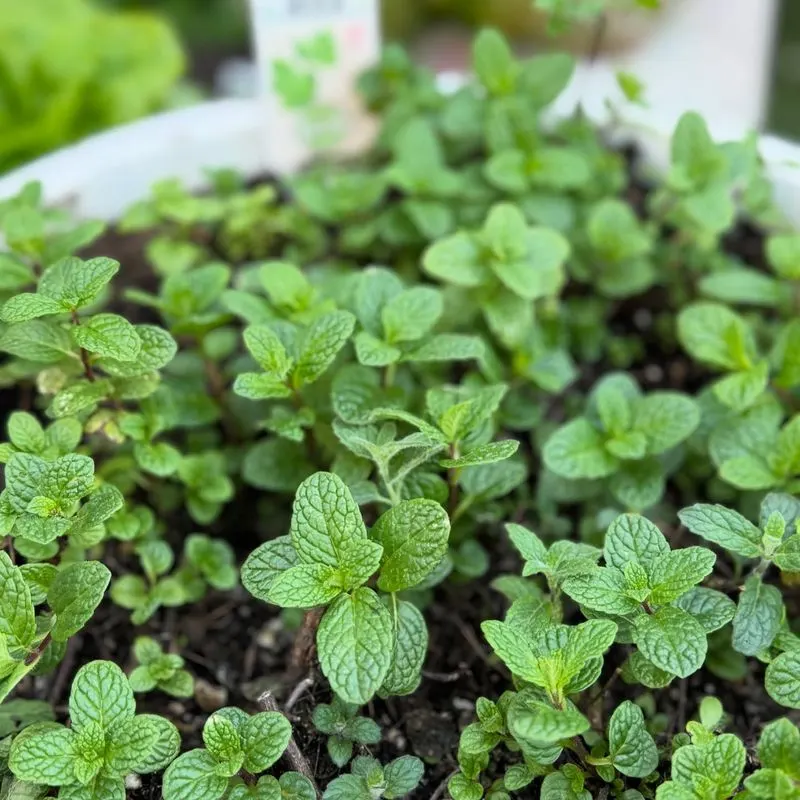
Mint is the poster child for low-maintenance gardening. Known for its vigorous growth, this plant can quickly take over a garden bed.
Thriving in partial shade to full sun, mint doesn’t need fertilizers to spread its aromatic leaves. Its refreshing scent and taste make it a culinary favorite, perfect for teas and desserts.
Beyond the kitchen, mint has been used in traditional medicine for centuries. Its ability to grow almost anywhere makes it an indispensable addition to any garden, with minimal effort required.
Chives
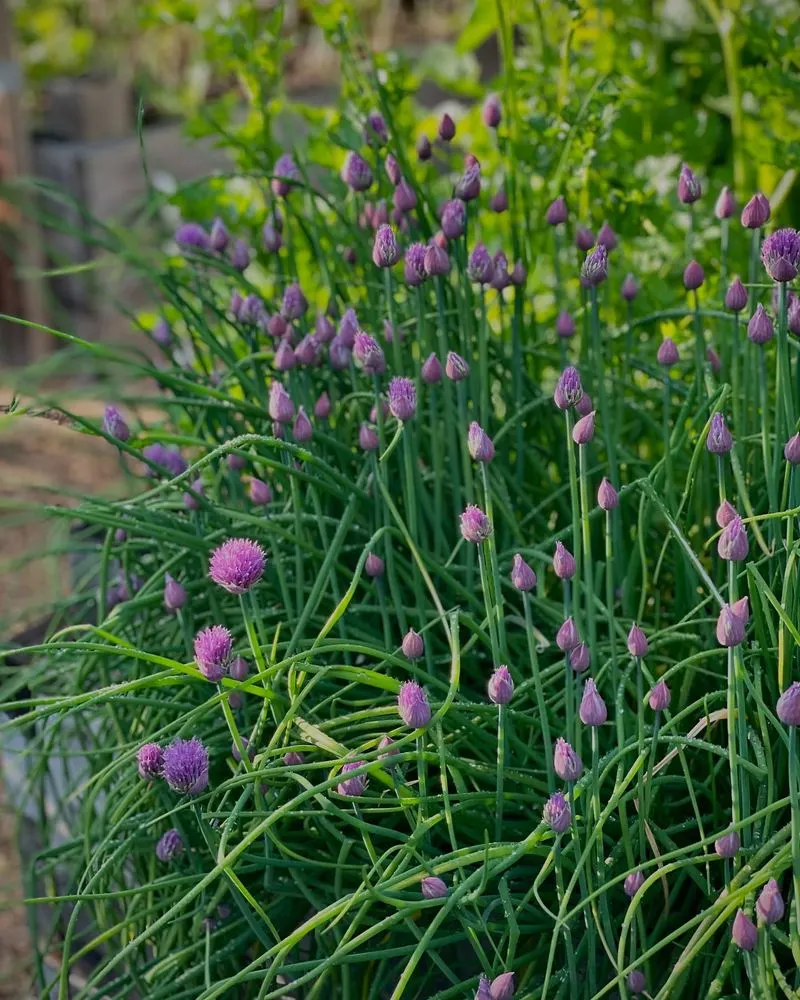
Chives are the quiet achievers of the herb world. With their slender green stalks and delicate purple flowers, they add beauty without demanding much in return.
These hardy perennials thrive in a variety of soils and need no fertilizers to produce their mild onion-flavored leaves. Chives are a favorite for garnishing dishes, providing a pop of color and taste.
Their blossoms also attract beneficial pollinators, supporting a healthy garden ecosystem. Easy to grow and maintain, chives are a must-have for any herb enthusiast.
Oregano
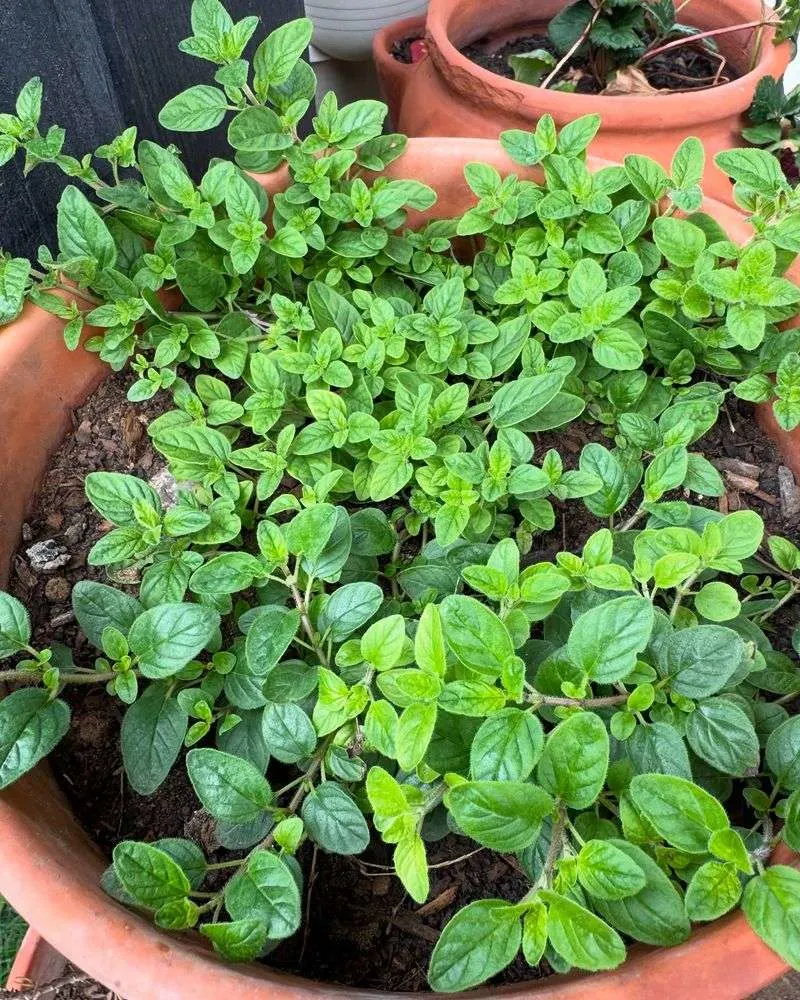
Oregano, with its pungent aroma and bold flavor, is a cornerstone of Mediterranean cuisine. This hardy herb flourishes in poor soil without the need for added nutrients.
Its small, oval leaves pack a powerful punch, perfect for enhancing pizzas and sauces. Oregano’s robust nature means it can endure neglect, making it ideal for busy gardeners.
Throughout history, oregano has been prized for its medicinal properties, believed to offer a range of health benefits. Its resilience and culinary value make it a garden staple.
Basil
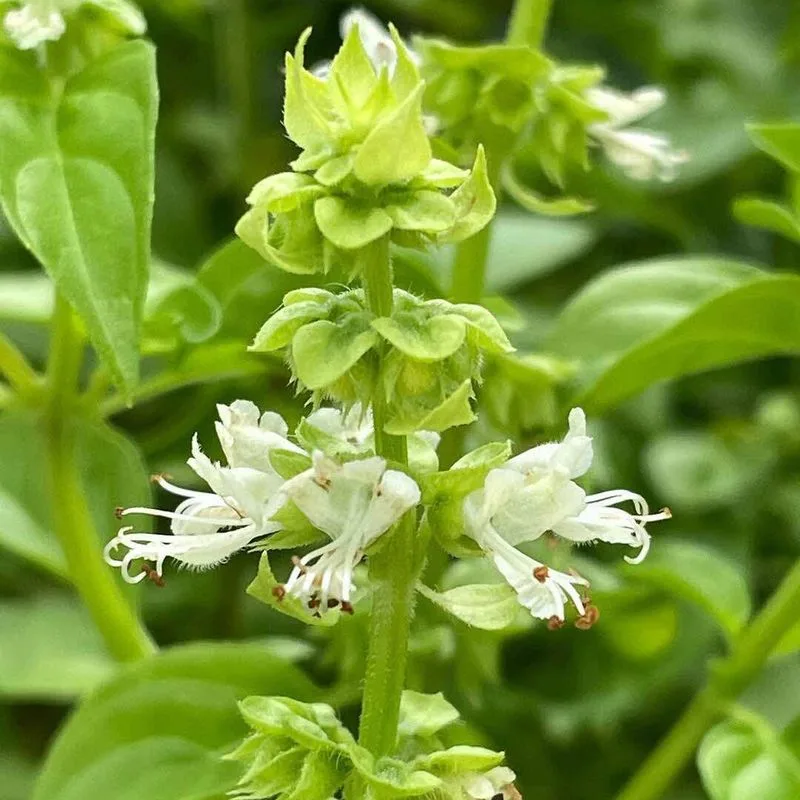
Basil’s sweet aroma is synonymous with summer. Known for its vibrant green leaves, this herb thrives in warm conditions without relying on fertilizers.
Basil’s vigorous growth and distinct flavor make it a favorite for pesto and Italian dishes. It can be grown in pots or garden beds, adding a fresh touch to salads and entrees.
Beyond the kitchen, basil has been regarded as a symbol of love and good fortune. Its ease of cultivation and delightful scent ensure its place in gardens worldwide.
Sedges
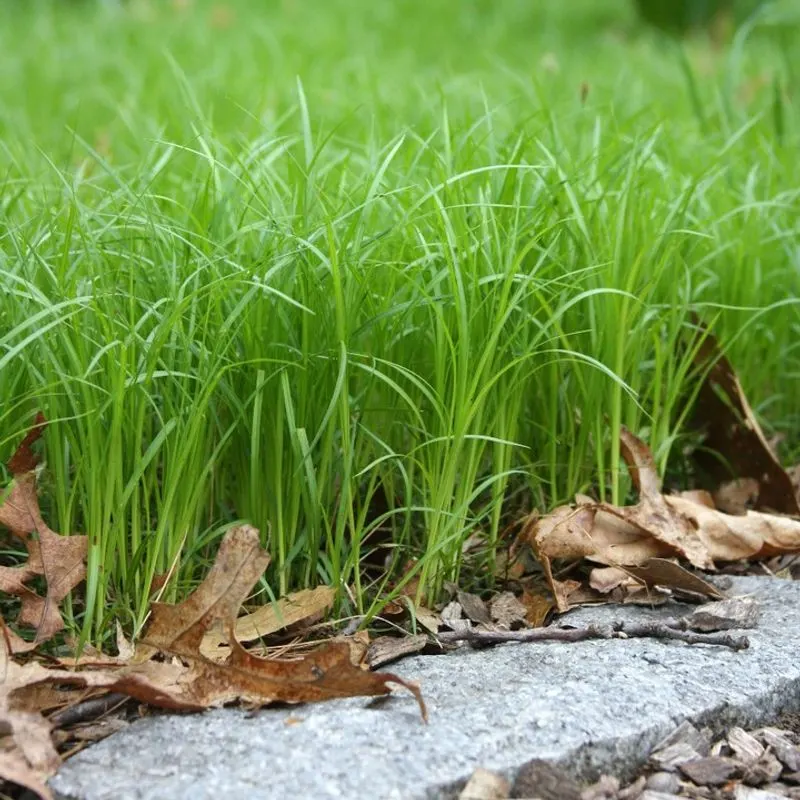
Sedges are the unsung heroes of wetlands. These grass-like plants thrive in damp environments, proving resilient even in poor soils.
Their slender blades sway gracefully in the breeze, adding texture to any landscape. Sedges require no fertilizers, making them a sustainable choice for eco-friendly gardening.
Often used in erosion control, these plants play an essential role in maintaining healthy ecosystems. Their unassuming nature belies their importance in supporting biodiversity and water filtration.
Yarrow
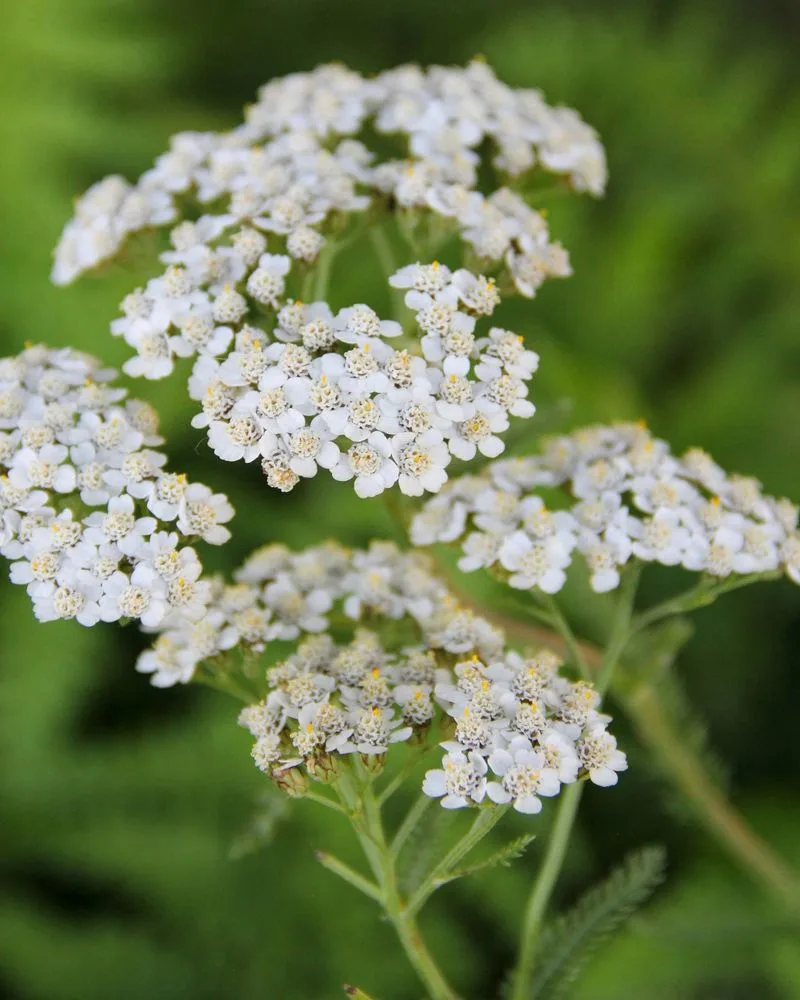
Yarrow is a wild beauty, often found gracing open fields and meadows. Known for its feathery leaves and clusters of small flowers, it thrives in poor soil conditions.
Requiring no fertilizers, yarrow is easy to grow and adds a touch of wild elegance to gardens. Its flowers attract pollinators, supporting biodiversity.
Used historically for its medicinal properties, yarrow is believed to aid in healing and wellness. Its hardy nature and delicate appearance make it a favorite among gardeners seeking low-maintenance options.
Sedum
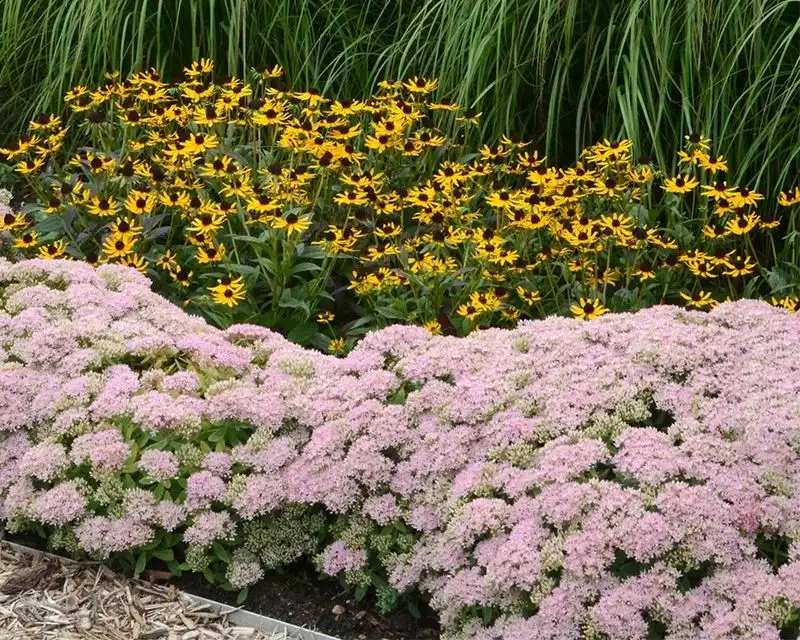
Sedum, also known as stonecrop, is a marvel of endurance. These thick-leaved plants thrive in rocky terrains where others might struggle.
Sedum’s ability to store water in its fleshy leaves allows it to survive drought conditions without the need for fertilizers. Its vibrant colors range from green to deep red, offering visual interest.
Whether used as ground cover or in rock gardens, sedum’s resilience and beauty make it an excellent choice for low-maintenance landscapes. It’s a living testament to nature’s adaptability and resourcefulness.

